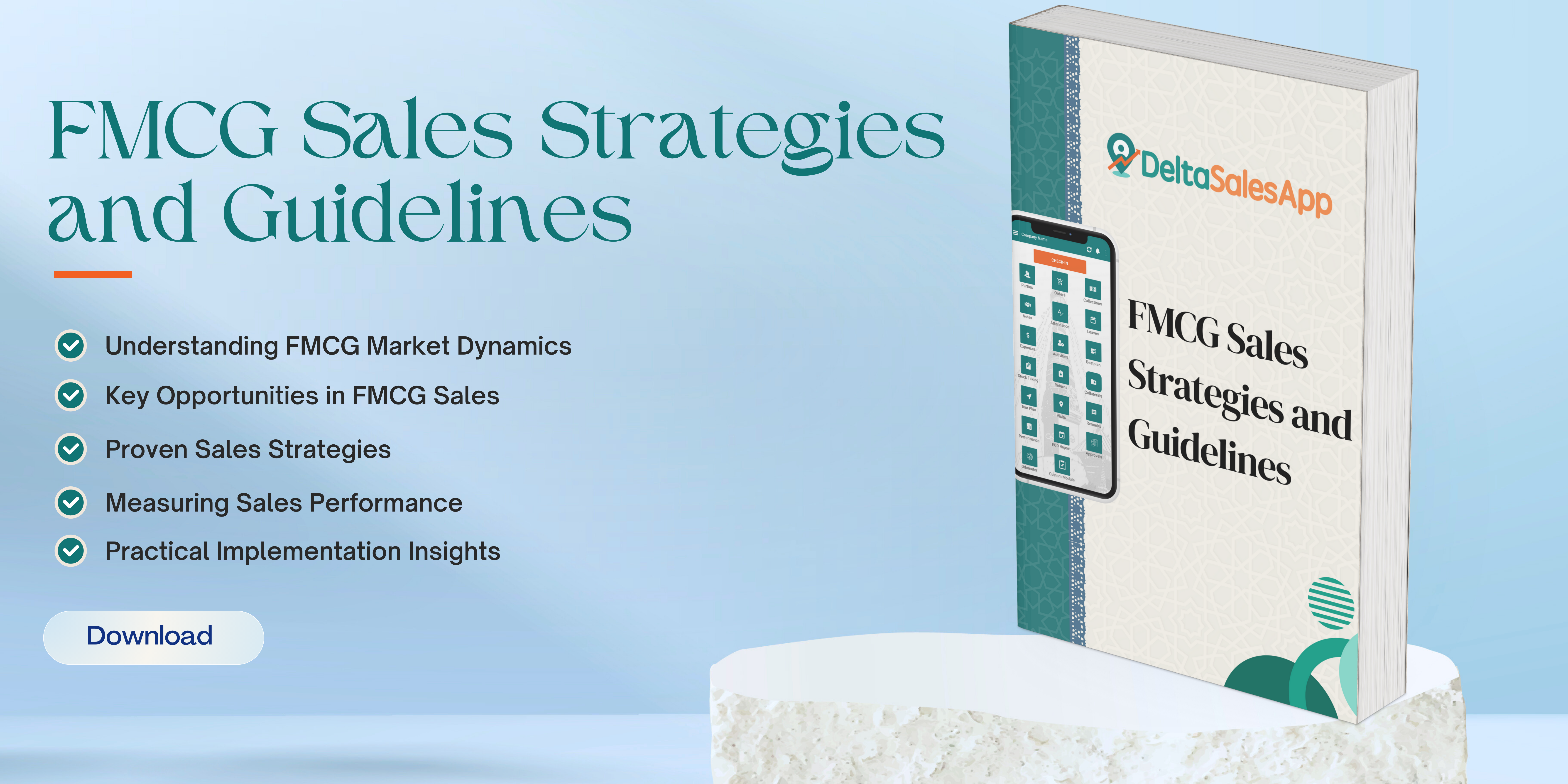Trade Margin
What is Trade Margin ?
Trade margin is a critical financial term that refers to the difference between the cost price of a product and its selling price.
In simpler terms, it represents the profit a business makes after purchasing goods and selling them at a higher price. The trade margin is vital for determining the profitability of a business, particularly in industries like retail, wholesale, and manufacturing. It plays a significant role in pricing strategies, inventory management, and overall financial planning for businesses.
Components of Trade Margin
The primary components that contribute to the trade margin include:
Cost Price: This is the price at which a business acquires goods or services. The cost price includes the cost of production, raw materials, labor, transportation, and other overheads involved in bringing the product to market.
Selling Price: The selling price is the amount at which a business offers its goods or services to consumers. It includes the cost price plus the desired profit margin.
Gross Profit: Gross profit is the difference between the selling price and the cost price. It reflects how much a business earns from its core operations before accounting for other expenses like rent, marketing, and administrative costs.
Importance of Trade Margin
Profitability Indicator: The trade margin is one of the most direct indicators of a business's profitability. A higher margin indicates that a business can make more profit per unit of sale, whereas a lower margin suggests thinner profit margins, which might require higher sales volumes to achieve the same level of profit.
Pricing Strategy: Businesses use the trade margin to set prices for their products. It helps in determining how much markup should be applied to the cost of goods sold (COGS) to cover operating expenses and generate profits. A well-calculated margin ensures that a business remains competitive while maximizing its profit.
Cost Control: By monitoring trade margins, businesses can identify areas where costs can be reduced or optimized. For example, if the margin is shrinking due to rising input costs, the business might seek cheaper suppliers, improve production efficiency, or adjust the selling price.
Market Competitiveness: The trade margin is also essential in assessing the competitiveness of a business in the marketplace. In some industries, businesses may need to maintain a low margin to remain competitive, especially if they face strong price competition from rivals.
Cash Flow Management: A well-managed trade margin helps businesses plan their cash flow more effectively. It ensures that there is enough margin to cover fixed costs and contribute to the business’s working capital, thus maintaining operational efficiency.
Factors Affecting Trade Margin
Several factors can influence the trade margin, including:
Market Demand and Supply: The law of supply and demand plays a significant role in determining the price of goods. If a product is in high demand, businesses may be able to sell it at a higher price, leading to a larger margin. Conversely, if supply exceeds demand, businesses may need to lower prices, reducing the margin.
Competition: In a competitive market, businesses may be forced to reduce their prices to attract customers. This can result in a narrower trade margin. Conversely, in a monopolistic market with limited competition, businesses can often charge higher prices, resulting in higher margins.
Cost of Goods Sold (COGS): Fluctuations in the cost of raw materials, labor, and overheads can directly impact the trade margin. For instance, if the cost of raw materials increases, the business might have to either absorb the cost or pass it on to customers in the form of higher prices.
Economic Conditions: Broader economic factors, such as inflation, interest rates, and economic growth, can impact consumer purchasing power and, in turn, influence the trade margin. During periods of economic downturn, businesses may struggle to maintain margins due to reduced consumer spending.
Operational Efficiency: Businesses that streamline their operations and reduce waste can maintain or even improve their trade margins. Improving production processes, inventory management, and labor efficiency can lead to lower costs, thus preserving or enhancing the margin.
Trade Margin vs. Profit Margin
It is essential to distinguish between trade margin and profit margin. While both terms relate to profitability, they are calculated differently. The trade margin, as mentioned earlier, is focused on the difference between the cost price and the selling price. On the other hand, the profit margin considers all expenses involved in running a business, including operational costs, taxes, and interest. Profit margin is a broader measure of profitability that takes into account all aspects of business expenses, not just the direct costs of goods sold.
Conclusion
The trade margin is a fundamental concept for businesses that engage in buying and selling goods. It serves as a key indicator of financial health and plays a significant role in determining pricing strategies, cost management, and profitability. By understanding and carefully managing their trade margins, businesses can remain competitive, optimize their pricing strategies, and maximize their profits.






